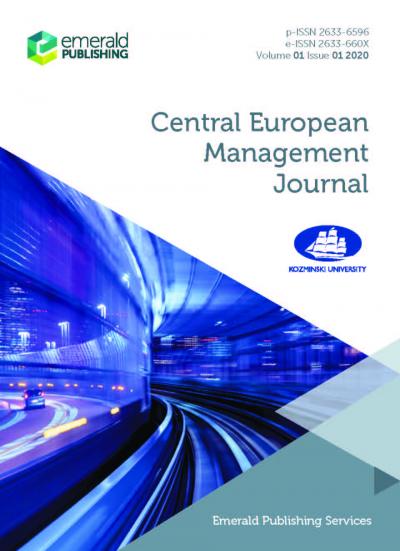Disruptive Innovation in Automotive Retailing
Arun Koroth
Kozminski University

Grzegorz Mazurek
Kozminski University
Przemysław Pater
Kozminski University
2019 27 (1) Central European Management Journal
DOI 10.7206/jmba.ce.2450-7814.238








